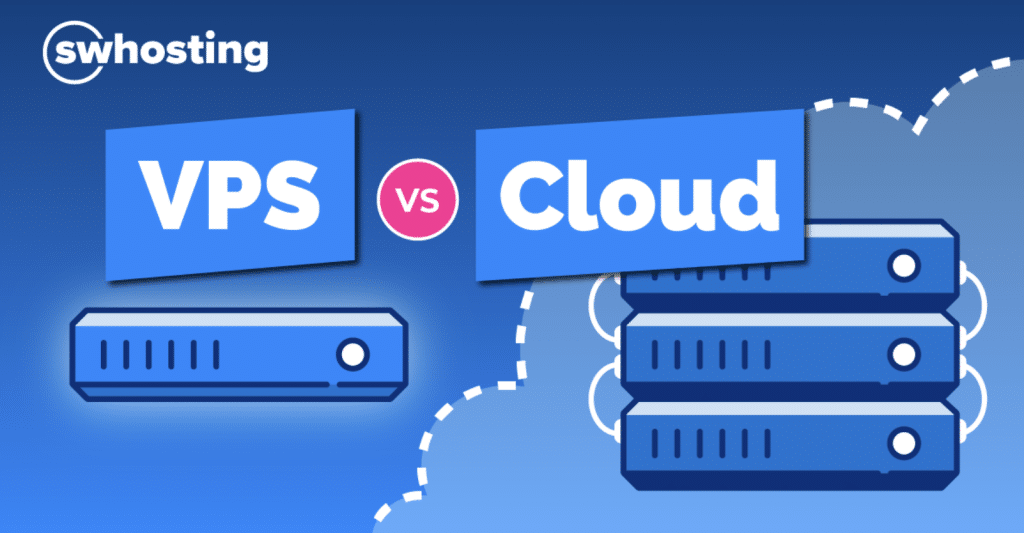As your net website wishes increased power and flexibility, shared web internet hosting starts offevolved to trip cramped. This is where Cloud VPS comes in, supplying dedicated sources and scalability to make certain your online presence thrives. But with several carriers like Oxtrys and AWS vying for your attention, choosing the perfect one can be overwhelming.
This article delves into a comparative contrast of cloud VPS preferences from Oxtrys and AWS, highlighting their key features, configurations, and pricing to help you make an educated decision.
Oxtrys Cloud VPS:
Key Features:
- Global Server Network: Choose from eleven data services throughout the world for fundamentally ordinary overall performance and low latency.
- KVM virtualization: ensures immoderate beneficial resource isolation and safety for your VPS server.
- SSD Storage: Experience blazing-fast records get proper of entry to for accelerated net web page loading times.
- Root Access: Take full advantage of your server environment and set up custom-made software.
- Backup and Recovery: Automated backups provide positive data protection and handy recovery in case of emergencies.
- 24/7 Support: Get help from their expert, useful resource crew anytime, anywhere.
Configurations:
Oxtrys provides a giant fluctuate of cloud VPS plans to cater to several needs. Here are some well-known options:
- VPS-1: 2 CPU Core, 3 GB RAM, 200 GB SSD Storage, 1 TB Bandwidth, Starting at $7.99/month
- VPS-2: 4 CPU cores, 6 GB of RAM, 400 GB of SSD storage, and 2 TB of bandwidth, starting at $12.99/month
- VPS-3: 6 CPU cores, 16 GB of RAM, 400 GB of SSD storage, and 3 TB of bandwidth, starting at $18.99/month.
- VPS-4: 8 CPU cores, 24 GB of RAM, 800 GB of SSD storage, and 4 TB of bandwidth, starting at $21.99/month
Pricing:
Oxtrys offers aggressive pricing with flexible month-to-month billing. You can also save up to 15% by opting for longer billing cycles.
Pros:
- Global server neighborhood for top-of-the line performance
- KVM virtualization for extended security
SSD storage for faster data access
- Root gets admission for full control and customization.
- Affordable pricing and flexible billing options
Cons:
- Limited records center locations in distinction to AWS
- Fewer configuration options at their died end.
AWS EC2:
Key Features:
- Massive Global Infrastructure: Choose from a substantial neighborhood of information amenities in the course of 26 geographic regions.
- Wide Range of Instance Types: Select from an array of configurations optimized for specific workloads like compute, memory, or storage.
- On-Demand or Reserved Instances: Pay per use or commit to a reserved event for great rate savings.
- Elastic Scaling: Automatically scale your sources up or down primarily based on the demands of your web site visitor’s demands.
- Extensive Security Features: Benefit from AWS’s robust safety choices, like firewalls and intrusion detection.
- Deep Integration with AWS Services: Leverage a significant fluctuates of AWS choices like storage, databases, and analytics for a whole solution.
Configurations:
AWS EC2 provides a mind-boggling array of event types, making it nearly impossible to checklist them all. However, right here are some well-known preferences labeled by event type:
- General Purpose: t2.micro, t3.micro, M5a.large
- Compute Optimized: c5.large, c6g.large, R5a.large
- Memory Optimized: r5.large, r6g.large, z1d.large
- Storage Optimized: d2.xlarge, gp2.xlarge, io2.small
Pricing:
AWS EC2 pricing is primarily based completely on a pay-per-use model, in which you fully pay for the sources you consume. This can be affordable for net websites with unpredictable web page traffic patterns. However, reserved instances grant sizeable markdowns for predictable workloads.
Pros:
- Unmatched world infrastructure for a wider reach
- Diverse event varieties for unique needs
- On-demand and reserved event selections for flexibility
- Elastic scaling for computerized resource management
- Comprehensive protection factors and issuer integration
Cons:
- Pricing complexity can be overwhelming for beginners.
- Requires more technical grasp to manipulate effectively.
- Limited root gets proper entry to some event types.
Choosing the Right Platform: The ideal platform for you depends on your specific needs and preferences. Here’s a fast guide:
Choose Oxtrys if:
- You prioritize world server achievement and ease of use.
- You want root to get access to full manipulation and customization.
- You have affordability and obvious pricing.
Choose AWS EC2 if:
You require a vast range of configurations for specialized workloads.
You have unpredictable traffic patterns and choose pay-per-use flexibility.
You prefer getting access to a wider ecosystem of AWS choices for a whole solution.
You have the technical understanding to manipulate difficult configurations and pricing models.
Ultimately, every Oxtrys and AWS EC2 grant wonderful and scalable cloud VPS solutions. By recognizing their strengths and weaknesses, you can make an educated decision that aligns with your website’s extraordinary requirements and technical skillset. Remember, look up more features, information options, and client opinions before committing to a provider.
